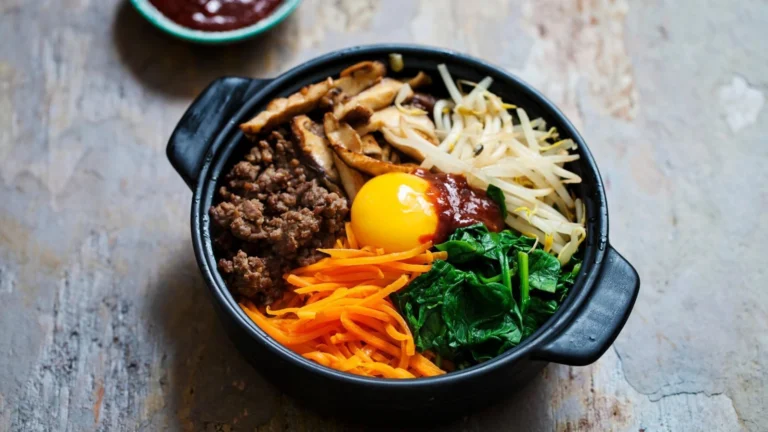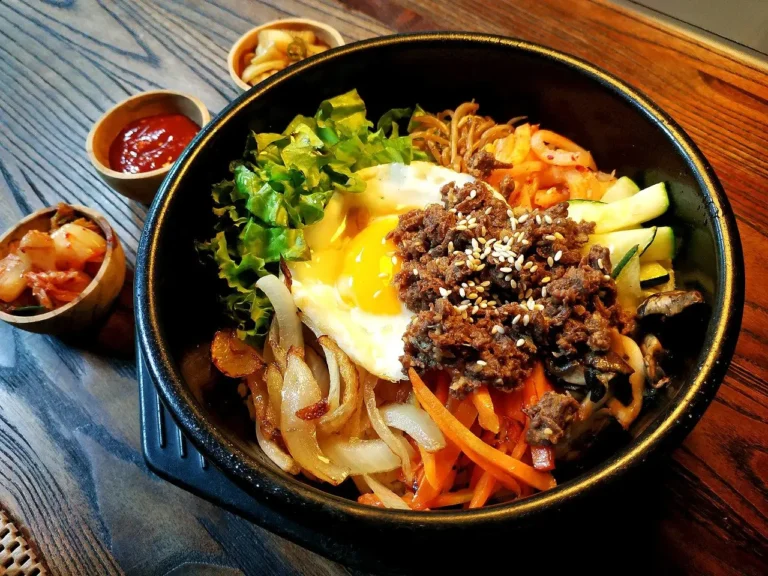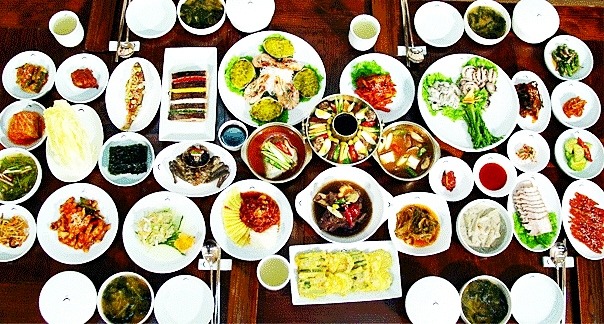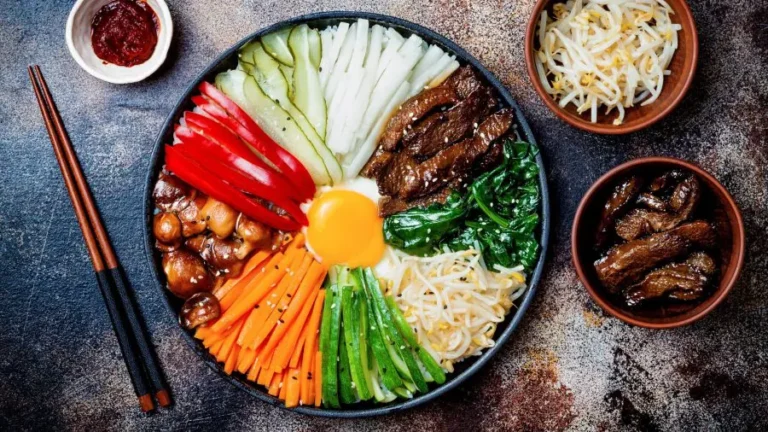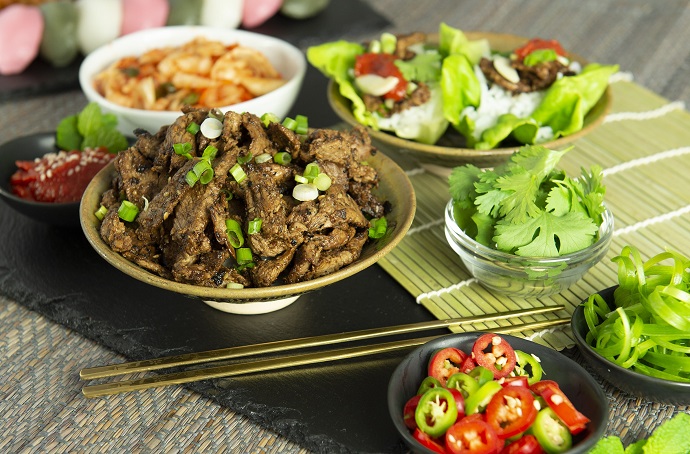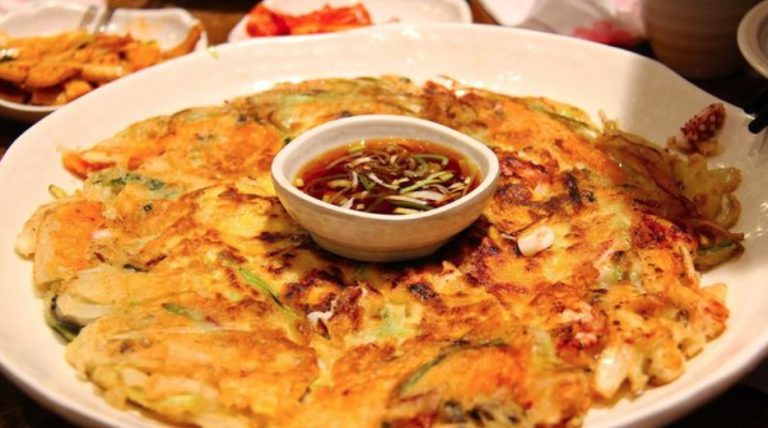Introduction: Exploring the Unique Flavors of South Korean Cuisine
South Korean cuisine is a vibrant and flavorful culinary tradition that has gained worldwide recognition in recent years. With its emphasis on bold flavors, fresh ingredients, and beautiful presentation, South Korean cuisine has something to offer for every palate. From spicy stews and grilled meats to refreshing side dishes and hearty soups, the country’s culinary landscape is diverse and exciting.
In this article, we will explore some of the must-try dishes of South Korean cuisine, each with its own unique flavor and texture. Whether you’re a foodie on a culinary journey or simply looking for new and exciting flavors, these South Korean dishes are sure to tantalize your taste buds and leave you wanting more.
Kimchi: The Iconic Fermented Side Dish That Defines Korean Cuisine
No discussion of South Korean cuisine would be complete without mentioning the iconic dish of kimchi. This spicy, fermented vegetable side dish is a staple of Korean cuisine and is served with almost every meal. Made from cabbage, radishes, or other vegetables, kimchi is seasoned with chili powder, garlic, ginger, and other spices. The fermentation process gives the dish a tangy, slightly sour flavor that is addictive and refreshing.
Kimchi is not only delicious but also has many health benefits. It is high in vitamins A and C, fiber, and probiotics, making it great for digestion and immune system health. Kimchi is also believed to have anti-inflammatory properties and may help prevent certain types of cancer. Whether you enjoy it as a side dish or incorporate it into other dishes, kimchi is a must-try for anyone interested in South Korean cuisine.
Bibimbap: A Delightful One-Bowl Meal Packed with Texture and Flavor
Another must-try South Korean dish is bibimbap, a colorful and vibrant one-bowl meal that is packed with texture and flavor. Bibimbap consists of rice topped with a variety of vegetables, meat, and a fried egg, served with a spicy chili paste called gochujang. The vegetables can include carrots, spinach, bean sprouts, mushrooms, and zucchini, while the meat can be beef, chicken, or pork.
Bibimbap is not only delicious but also visually stunning, with its bright colors and vibrant presentation. The combination of textures, from the crispy rice to the tender meat and crunchy vegetables, makes for a satisfying and fulfilling meal. Bibimbap is also highly customizable, allowing you to create your own unique version of the dish. Whether you’re a vegetarian or a meat lover, bibimbap is a must-try South Korean dish that is sure to delight your taste buds.

